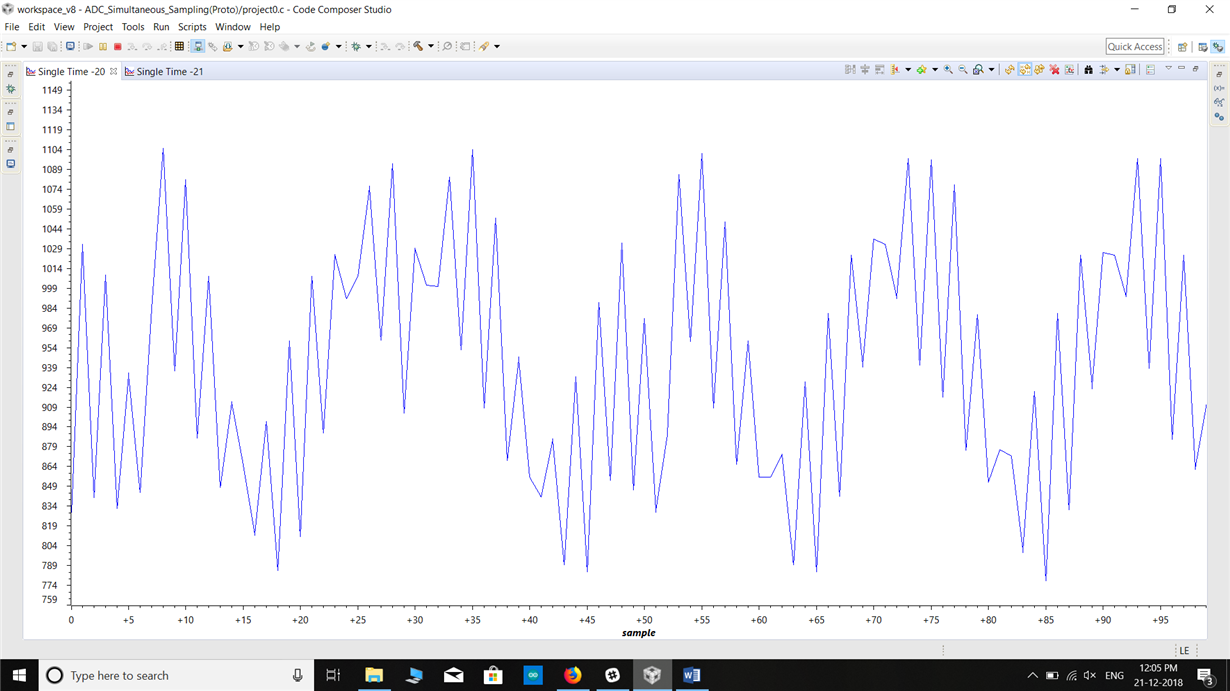Hello, I was trying to use both the ADCs present on the board to sample two input signals. The logic which I was able to build from my experience of sampling using a single ADCs is that, I am using the same interrupt to trigger both the ADCs and starting simultaneous conversion. In single while loop, I am sampling one signal taking the other one and sampling it as well and ending the conversion. The problem which I think I will face is Jitter, since during instruction cycle of fetching and sampling there might be some inaccuracies created. How can I reduce that? Can I receive guidance with the code as well?
-
Ask a related question
What is a related question?A related question is a question created from another question. When the related question is created, it will be automatically linked to the original question.



